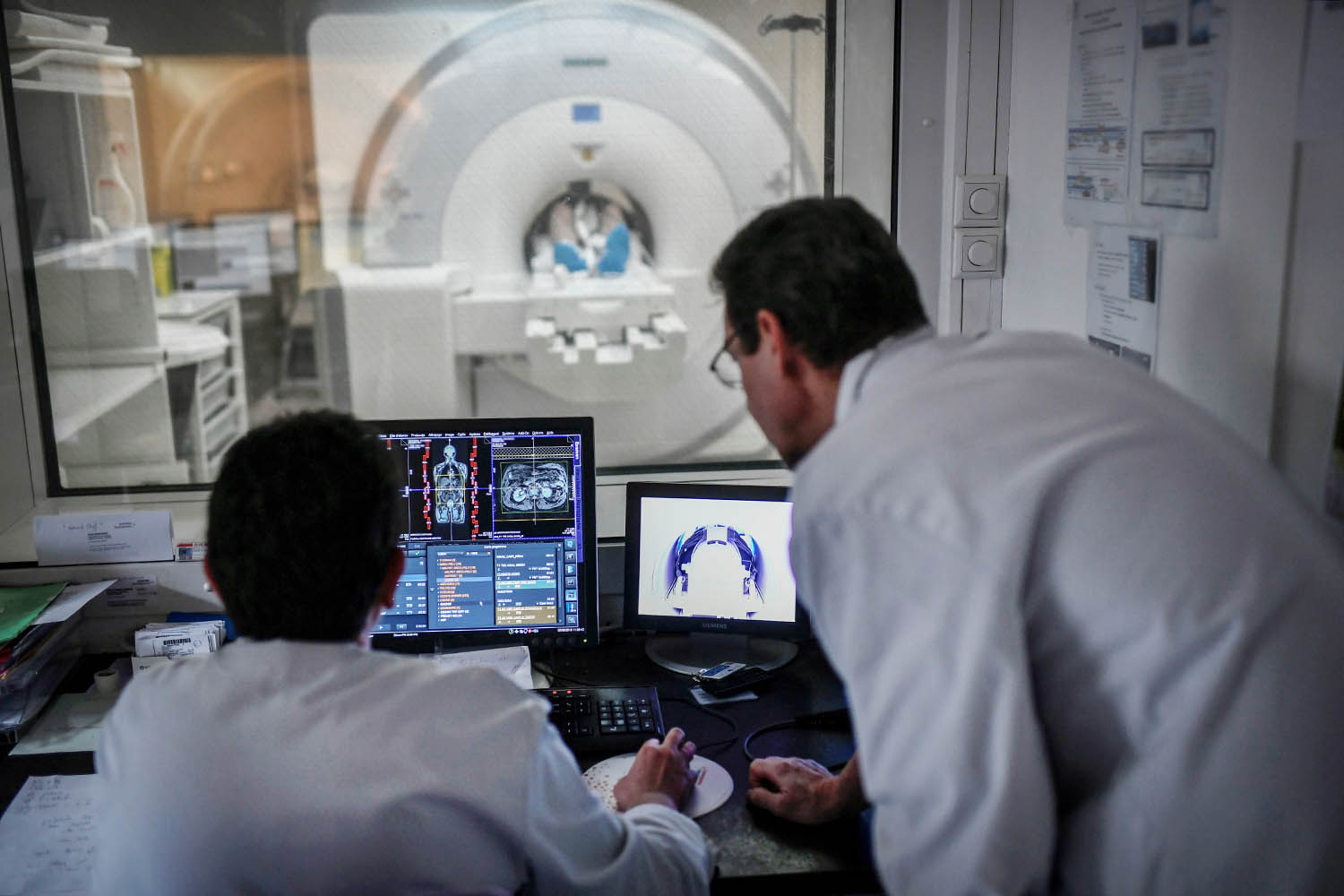A cheap, off-the-shelf vaccine has shown promise in preventing the recurrence of pancreatic and colorectal cancer, two of the most difficult malignancies to treat.
So what? It is one of several recent breakthroughs. Half a century ago, a cancer diagnosis was seen as a death sentence. Although it remains a leading killer, survival rates have improved significantly thanks to better
•
prevention;
•
detection; and
•
treatments.
On the surface, it appears that cancer is on the march. Globally, the number of people it killed doubled from 5 million in 1980 to 10 million in 2021. This is mostly due to population growth and people living deeper into old age, when their vulnerability to cancer increases sharply.
Beneath. When longer lives are accounted for, cancer deaths are falling. Between 1991 and 2021, the age-adjusted cancer death rate in the US declined by one-third, saving more than four million lives. Other wealthy countries saw similar drops.
Case studies. The deadliness of some cancers fell particularly steeply over this period in the US, which has some of the best available data. For example,
•
lung cancer deaths fell by more than half;
•
those from breast cancer declined by 46 per cent; and
•
deaths from colon and rectal cancer dropped by 43.
These were the deadliest three cancers for Americans until 2020, when pancreatic cancer overtook breast cancer in terms of fatality.
Prevention. Half of the averted deaths came from people quitting smoking. This is the result of taxes and public awareness campaigns discouraging tobacco use, which are among the most successful public interventions of the last century.
Detection. Since cancers take years to develop, catching them early is lifesaving. More mammogram screening means fewer women are diagnosed with breast cancer at later, more dangerous stages. Colonoscopies, blood tests and smear tests also detect malignancies before they take hold.
Drugs. Vaccines have proved highly effective against several cancers. Take cervical cancer. A century ago it was the biggest killer of American women. It’s mostly caused by an infection called human papillomavirus, for which vaccines became available in the 2000s. In England these jabs have reduced the prevalence of cervical cancer by almost 90 per cent.
Leukaemia is another success story. In the 1970s, less than than 10 per cent of children survived more than five years after they were diagnosed with the condition. This proportion is now 85 per cent in Europe and North America thanks to treatment breakthroughs.
Suit you, sir. Scientists are now developing new vaccines tailored to the individual DNA of patients, which could prove transformative. These trigger strong immune responses that identify and destroy cancerous cells. In a second-stage trial, a personalised vaccine for melanoma decreased post-surgical recurrence or death by 44 per cent.
Caveat. The progress is remarkable, but uneven. A recent study warned there has been little improvement in the survival of patients with oesophagus, stomach and lung cancer, even if far fewer people now get lung cancer. It also found that less than five per cent of people with pancreatic cancer live for 10 years, roughly the same as in 1971.
Why? This is partly due to a lack of research – 60 per cent of cancers are not explained by known risk factors – and because some cancers do not result in symptoms at an early stage. Some malignancies, such as stomach cancer, also develop resistance to treatments.
Inequalities. Access to screening and treatments is another problem. In the US breast cancer deaths are 38 per cent higher among black women than white women. Even though cervical cancer is easy to prevent, it is still the deadliest cancer for women in 37 countries, most of them in Africa, where funding for health systems is limited.
What’s more… Cancer rates are increasing among people aged under 50, possibly because of rising obesity, alcohol consumption and sedentary lifestyles. But even if more people are getting cancer, they are increasingly likely to survive it.

